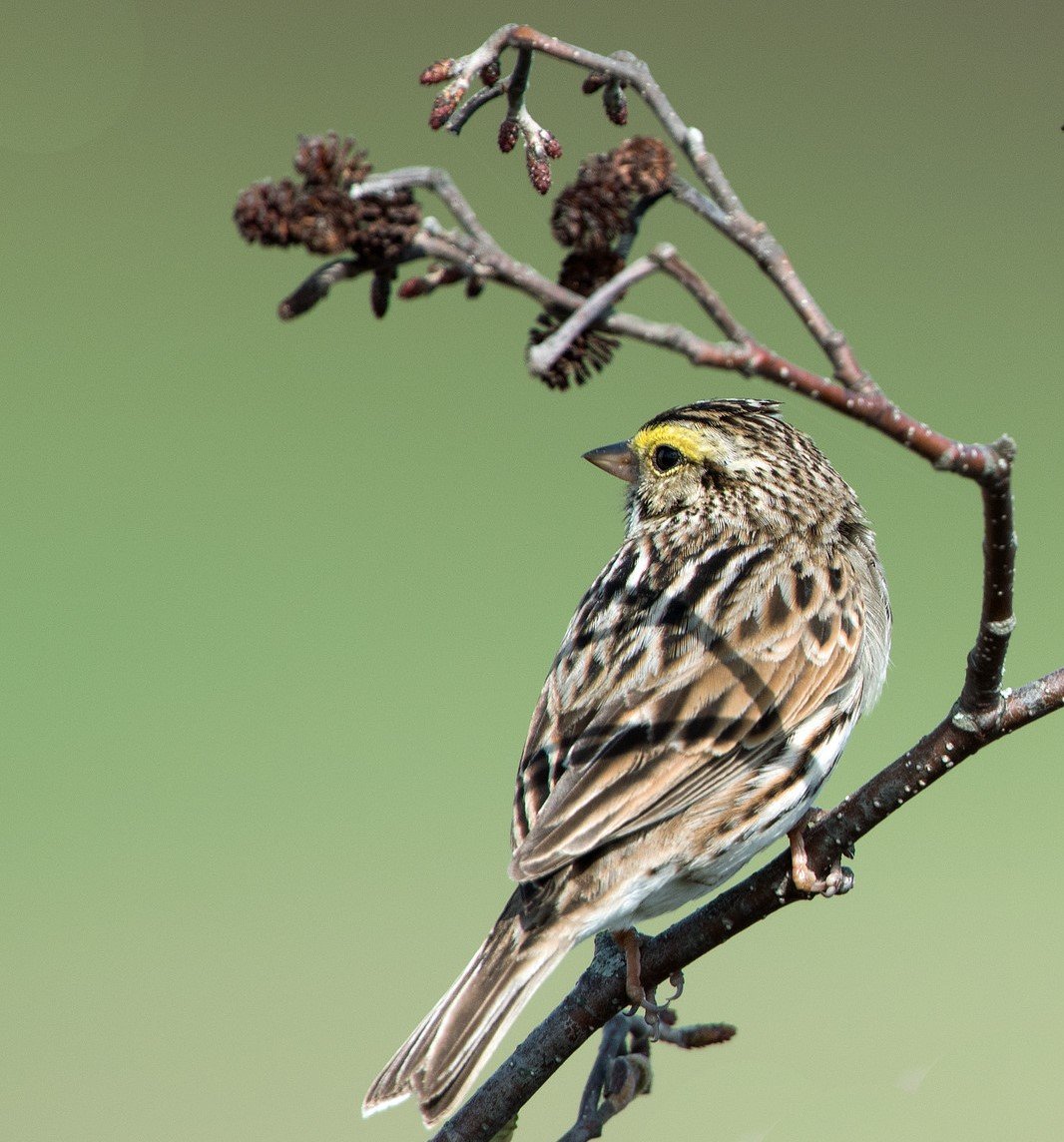I entered the WoodenBoat School boat shed on Wednesday to see how a few old friends were doing. As you can see, they were lazing in sunshine that was pouring through the skylights and – it seemed – old Babson II, the reliable outboard skiff, was snoring lightly.
The School’s small craft apparently have survived the winter in good shape and maybe it was just the wind coming through openings in the boat shed that sounded like snoring. Here’s a Leighton Archive image of the shed:
Leighton Archive Image
Next month, School alumni will haul the boats out, clean them up, and perhaps add fresh paint to some. By June, they’ll be back in the water, responding to the hands of students, instructors, and harbor personnel. (Top image taken in Brooklin, Maine, on April 6, 2022.)















































































